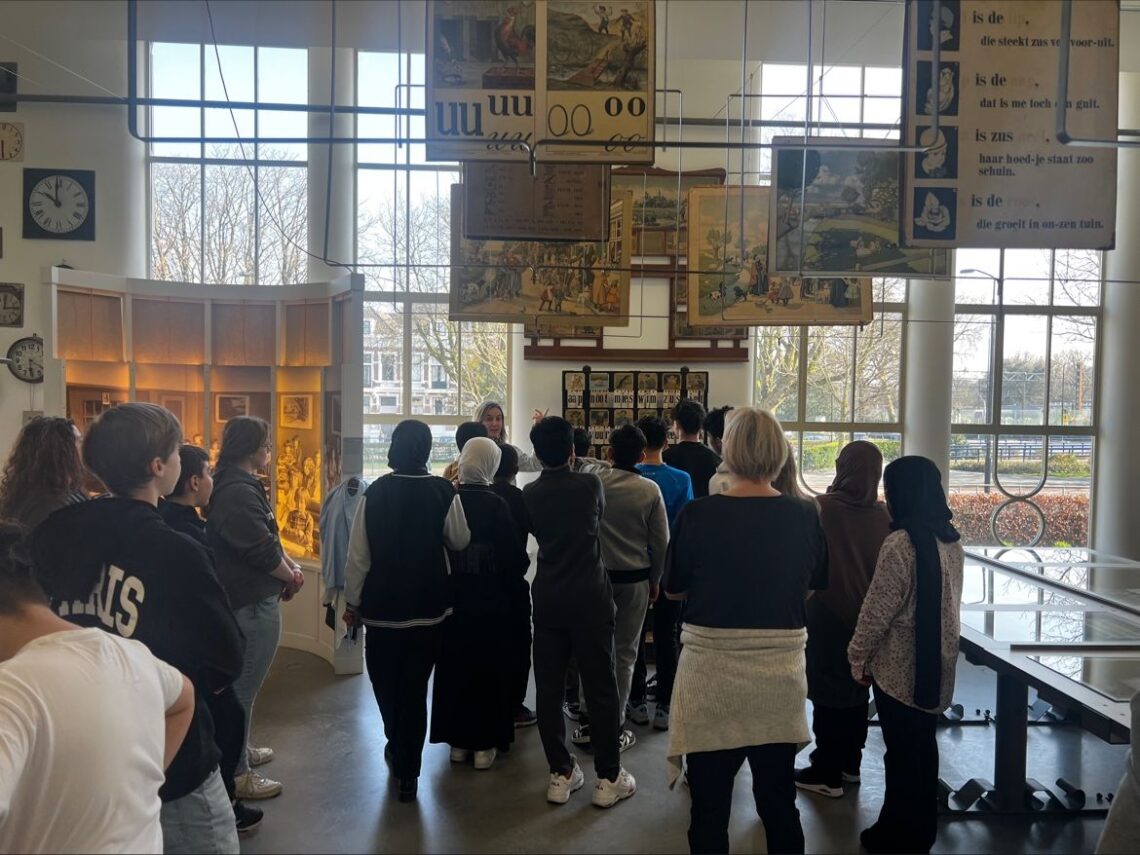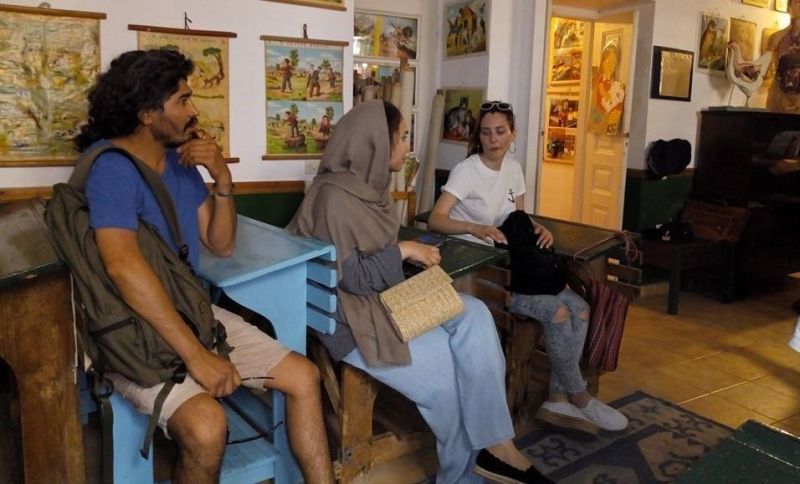
Results
The Winsome project has produced various outcomes, encompassing both the preliminary research and the finalized educational program, as well as its comprehensive evaluation. These outcomes are readily accessible to other institutions, which can utilize them without any charge or royalty fees. Institutions interested in implementing the program or using our research findings will find these resources invaluable. The freely available materials include detailed research data, program curricula, instructional methodologies, and evaluation reports, all designed to facilitate the adoption and adaptation of the Winsome project’s successful strategies in various educational contexts.
Reactions

An evaluation by a guide (Dordrecht):
I worked with a group of adults who spoke minimal Dutch and a group of youth who spoke Dutch fluently. I believe the first group is a more accurate representation of the future groups.
Things that worked well included:
- An introduction where everyone mentioned their name and told which languages they speak.
- A short tour of the museum. I mainly stuck to reading. Very basic, plenty of space for taking photos.
- Looking at pictures (Charlemagne, aap noot mies) and naming what they saw worked well. This is how you get great conversations. For example, someone said that the aap noot mies record looked a bit like her hometown in Afghanistan. Also the Prinsen type case for naming letters.
- Tea at the workshop was appreciated.
- Don’t be too strict when creating the artwork. Encourage the participants to do something with language or choose a picture from the reading board as inspiration. I placed the planks on the table for the second group and that worked well. But Syrian flags and the like have also passed by. Also fine.
- I had a great time inquiring about their language and picking up some new words. It was nice to break away from the traditional ‘teacher, student’ roles, especially with a group of adults. Sharing their artwork was enjoyable for those who participated.
Things that were not as successful:
- Explaining the concept of selecting an object as inspiration for the artwork proved challenging. Not everyone had a phone handy.
- Explaining the hornboek proved too complex.
I will primarily modify the creative task to allow for more freedom. The terms school or reading are commonly recognized, so feel free to incorporate them as well. This is how you could present it. However, I believe the most crucial aspect is to ensure an enjoyable experience. The instructors mentioned that Dutch traffic differs significantly from traffic in their home country, making a visit to the museum a valuable learning opportunity in itself.
Perhaps we could include some information about the museum itself. This could cover ticket purchasing, the cafe, as well as the archive and office downstairs, if permitted. This addition could help create a more welcoming environment and move away from a strictly school-related dynamic, considering that all visitors are adults.

Presentations
The School Life and Education Museum (Athens), the National Education Museum of the Netherlands (Dordrecht) and Quiosq presented the results of the project at the Panhellenic conference on education and culture in the 21st century (Πανελλήνιο συνέδριο εκπαδεύση και πολιτισμός 21ο αιώνα) in Athens on 13 April 2024. Click here to view a PDF file of the presentation.
The School Life and Education Museum in Athens presented the results of their campaign. Download a PDF file of that presentation here.
Reports
We publish a comprehensive report of our activities at the end of each phase of the project. You can download them here.
- Final report Activity 1 – Needs of the target audience (30 September, 2023; PDF File)
- Final report Activity 2 – Educational Phase (24 October 2023; PDF File)
- Final report Activity 4 – Evaluation of the educational activities and dissemination events (June 2024;PDF File)
